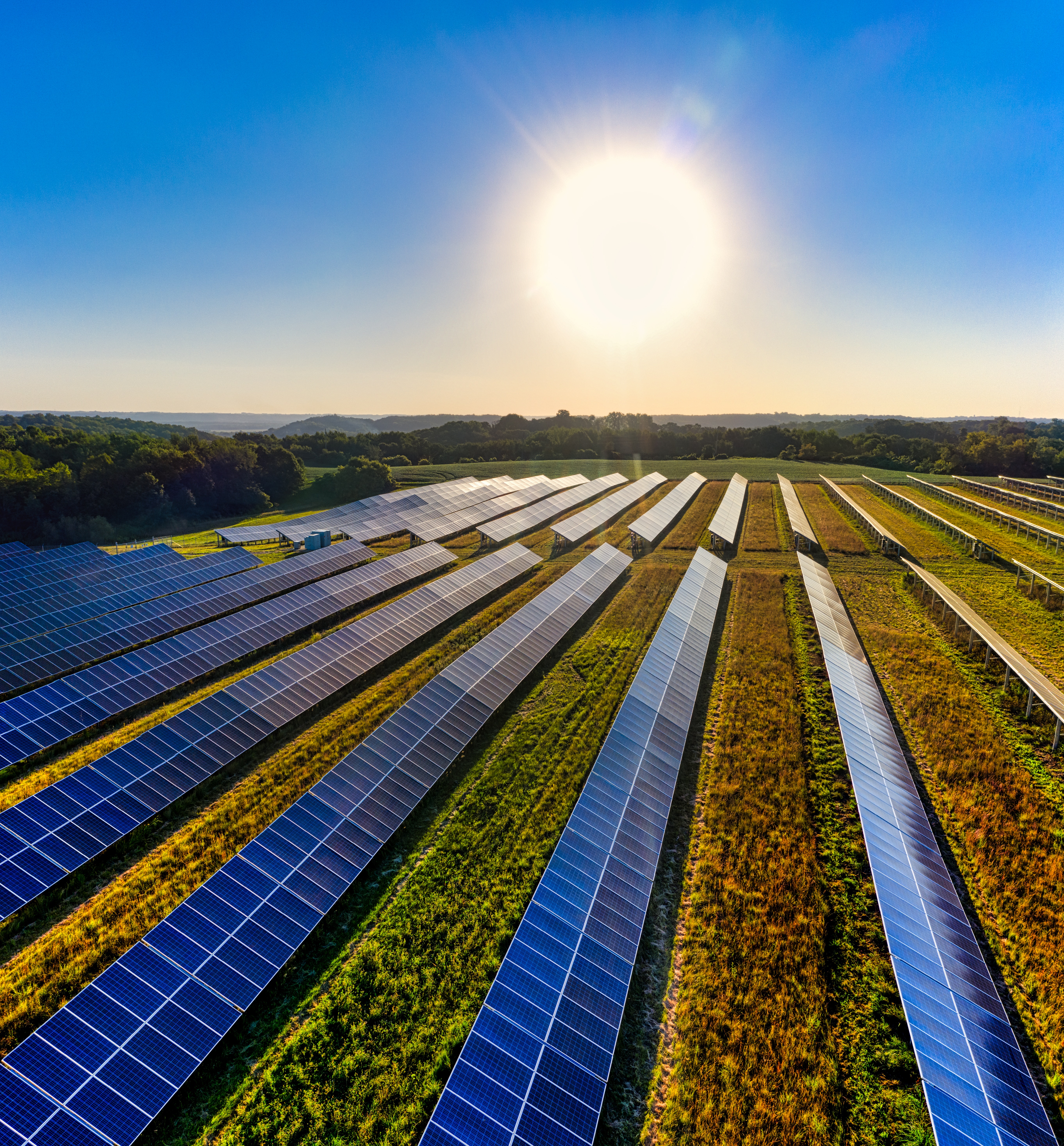Solar Farm Monitoring
A solar farm Weather Monitoring Station is a meteorological station at which common meteorological sensors are mounted on a tripod or lattice or mono-pole mast. The meteorological data are then stored in a data logger and can be transmitted to a remote server automatically. This configuration is used to increase the number and also reliability of real time solar data.
The standard system consist of wind speed and direction sensor, ambient temperature and humidity sensor, two pyranometers and a temperature sensor for solar panel temperature measurement.
Contamination (soiling) from dust, sand, pollen, salt and other particulates reduces the performance of PV panels over time, leading to power output losses. The panels must be cleaned—but which panels, and how often? On a sprawling solar farm, not all panels soil at the same rate. Not all experience the same conditions, topographies or weather patterns.
That's where soiling stations come in. As more solar PV plants optimize their operations, they are using dedicated soiling measurement sensors and stations to monitor soiling losses.
Weather and Soiling Monitoring
Our systems can acquire data automatically and are specifically designed for solar monitoring applications. Systems are easily customized with accessories for every aspect of the station, from communications to mounting options.
Typical applications include pre-construction phase solar resource assessment, baseline data collection, and performance monitoring. This simplifies the process of collecting system data by acting as the single point data gateway for environmental, inverter, and meter data.


